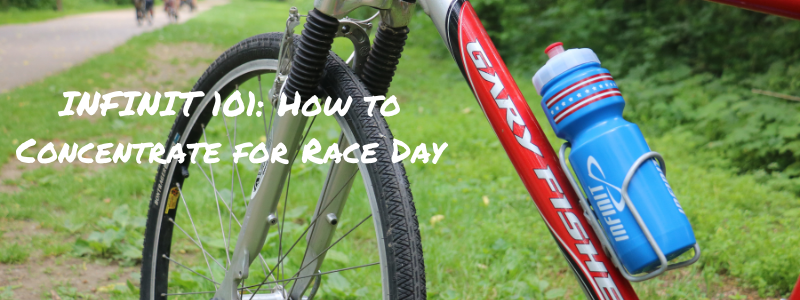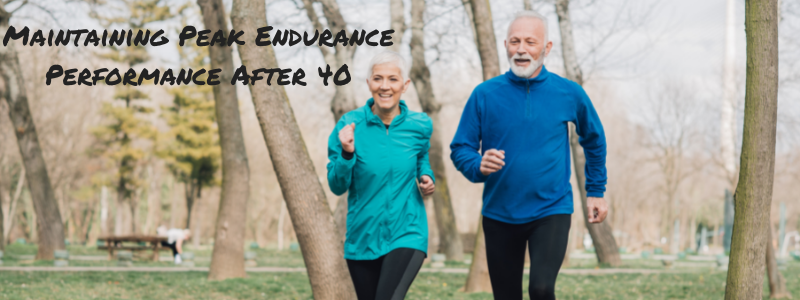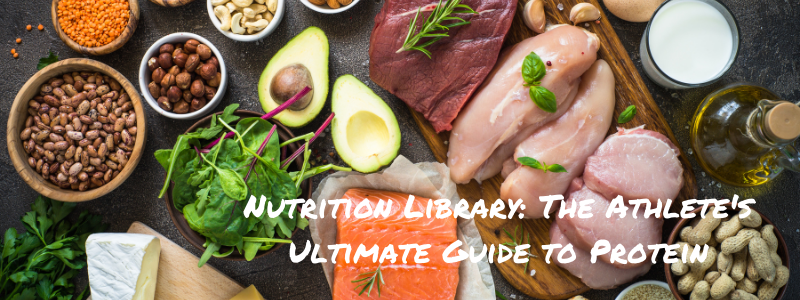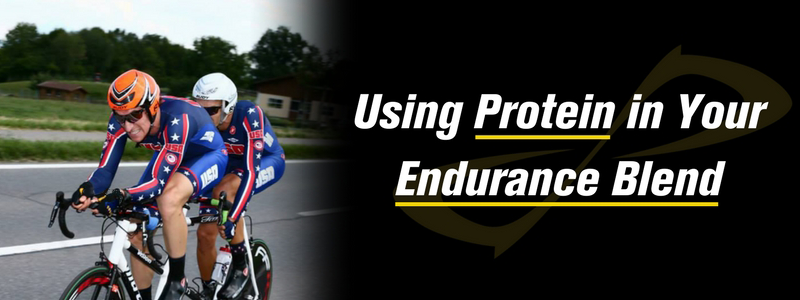Nutrition Library: Carb News You Can Use
- 13 Jul 2015
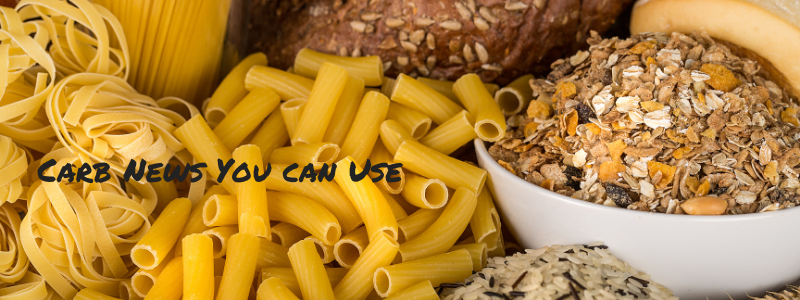
Kimberly J.Mueller, MS, RD, INFINIT Sports Nutritionist
Most endurance athletes practice some form of carbo-loading on a daily basis as means to prevent glycogen depletion, aka “the wall” or “bonking”, during longer training bouts. Perhaps it is that pasta dinner the night prior to a big workout or a pancake breakfast after a long training run. However, a more regimented form of carbohydrate loading will help “supersaturate” our muscle cells with glycogen to levels 50-100% greater than baseline, thereby delaying or even eliminating that performance-declining “wall” during events that entail a moderate-to-high intensity for longer than 90 minutes.
What is a Carbohydrate?
Put simply, carbohydrates are sugars and starches that fuel our bodies much like gas fuels a race car. Each gram of carbohydrate yields ~4 calories worth of fuel. Just like a race car storing its fuel in a tank, the human body stores carbohydrates as glycogen in both the muscles and liver. These glycogen reserves are relied upon to stabilize blood sugars and allow for optimal muscle function. When following the high carbohydrate diet recommended by the American Dietetic Association, the average human body will store about 375-475 grams (1,500-1,900 calories) worth of glycogen, with the majority of it being found within muscles (325 grams) and a smaller amount within the liver (90-110 grams). This amount of glycogen will supply the energy needed to train for ~2 hours at a moderate-to-high intensity. Taking in additional carbohydrates in preparation for race day or long training days, aka “carbo-loading” may increase baseline glycogen levels by as much as 50%, which may help prevent premature onset of fatigue during endurance training.
Because muscle and liver glycogen comprises the majority of fuel used during high-intensity sprint-type running (~95% max heart rate) as well as moderate-to-high intensity endurance training (~70%+ max heart rate), the goal is to try to spare as much of these glycogen reserves as possible and increase our utilization of fat as a fuel source. While our carbohydrate fuel tank is fairly small, our fat fuel tank can store in upwards of 100,000 calories worth of fuel. If we could just burn those 100,000 calories of fat prior to dipping into our carbohydrate fuel tank, the marathon or even Ironman would no longer appear to be as much as a physical challenge as it is. Unfortunately, we can just switch on our “fat burning” engine and assume our body’s precious glycogen reserves will be spared. Besides for the training aspect of triathlon, which helps increase the efficiency of our fat burning engine, nutrition becomes an essential component.
To put things in perspective, athletes who follow a lower carbohydrate regimen will store approximately 65-75% less glycogen as compared to their “carbo-loading” training buddies, leading to premature depletion of glycogen, reduced power output and decreased endurance capacity. Two terms are often used to describe how it feels when glycogen stores are depleted. “Hitting the wall” refers to depletion of muscle glycogen and it feels exactly how it sounds with muscle cramping and fatigue significantly slowing our pace. “Bonking” refers to depletion of liver glycogen stores, causing a shortage of glucose being sent to the brain, ultimately leading to profound dizziness and a bit of staggering on the course. In response to low muscle glycogen levels, our liver starts making glucose from amino acids (building blocks of protein) and sending them back to our depleted muscles as well as our “bonking” brain. In the end, not only are our glycogen reserves depleted, protein reserves are at a minimal, making recovery a very long, slow process. So you can see how neglecting carbohydrate as a fuel source can have a negative effect on performance.
Therefore, the goal for endurance athletes in preparation for a race or training bout lasting longer than 90-120 minutes is to maximize the amount of glycogen stored within the muscle and liver with a training diet rich in carbohydrate, which entails follow proper carbo-loading strategies.
Carbo-Loading Strategies
Carbohydrate-loading protocols prior to an endurance event have previously been suggested during the 7-10 days prior to a competitive endurance event. In the traditional carbo-loading technique, athletes went through a glycogen depletion phase, where they were asked to engage in one long training session one week out from their event followed by 3-4 days of minimal carbohydrate intake and continued exercise. In the final three days prior to the event, athletes “loaded” on carbohydrates and engaged in minimal training.
Unfortunately, athletes following the depletion phase were experiencing overwhelming fatigue coupled with illness, injury, and irritability secondary to low blood sugars. New research supports continuous intake of low-to-moderate glycemic index carbohydrates during training rather than depletion as means to maximize muscle and liver glycogen stores without risk for injury and infection in the days leading up to the race.
In fact, a recent study conducted by Australian sports scientists discovered that athletes who increased their carbohydrate intake a mere 24 hours prior to their event after following a traditional high carbohydrate training diet nearly doubled their glycogen stores without any negative side effects. In the study, highly trained cyclists loaded up on approximately 700 grams (2,800 calories) or ~5 grams of carbohydrate per pound of lean body weight of carbohydrates for 24 hours following a short (3 minutes), high intensity spin. Many athletes, however, including myself, follow a 2-3 day loading phase that entails a more moderate 4 grams of carbohydrate per pound of lean body weight or approximately 80% of total calorie intake. Calorie intake should be tapered (~20 calories per pound of lean body weight) due to a decline in overall energy expenditure; however, it is important to note that a restrictive weight loss oriented diet is NOT conducive to supersaturating muscle glycogen stores.
Take Home Message
If you find yourself getting caught up in the carbohydrate-bashing messages apparent in today’s society, just remember that this essential nutrient is the key to peak endurance performance. Without adequate amounts, you will not only see your performance suffer but you’ll also find that you are more irritable due to a lack of energy throughout the day. Just don’t try to carbohydrate load with Ben & Jerry. Instead, you should focus on such healthy, yet easily digested, carbohydrates as bananas, berries, potatoes, pasta, rice, energy bars, beans (in moderation), and whole grain breads and cereals.
In order to supersaturate glycogen stores and potentially boost endurance performance by 2-3%, triathletes training for a Half Ironman or Ironman should aim at consuming ~4-5 grams of carbohydrate per pound of lean body weight (~80% of total calories) in the 1-3 prior to race day. Because each gram of glycogen stored requires 3 gram of water, athletes should make sure to follow proper hydration strategies, which entail consuming approximately half their body weight (pounds) in fluid ounces. Refer to the table below for a sample 2,400 calorie carbo-loading protocol with 80% carbohydrate (designed for a 140 pound triathlete with 14% body fat).
| Meal | Menu Item |
| Breakfast | Fruit Smoothie with 2 Tbsp protein boost (e.g., 24 oz Jamba Juice Aloha Pineapple Smoothie): Blend 12 oz pineapple juice with 1 cup nonfat vanilla yogurt, 1 frozen banana, 2 Tbsp protein powder, & 1 cup strawberries. |
| Snack | 1 whole grain bakery bagel. Drink 1 8-ounce Juicy Juice box with snack. |
| Lunch | Bean & Rice Burrito: Spread a warmed mix of 1 cup refried black beans, 1 cup Spanish rice, 1/8 avocado, and 1/2 cup chunky salsa over 1 warmed 3-ounce tortilla. Sprinkle lightly with light Mexican cheese. Roll up. Drink 16 ounces water with meal. |
| Snack | 8 ounce Juicy Juice 100% fruit punch (1 box). |
| Dinner (Early - try to be eating by 6pm) | Main Course: Spaghetti Dinner: 1.5 cups spaghetti (cooked) blended with 1 cup tomato sauce. Serve with 1 slice Italian bread and small dinner salad with tomato and carrots topped with 1 Tbsp reduced fat dressing). Drink 16 ounces of water with meal. |
Confused about what you should be eating as you prepare for you next big race? Kimberly J. Mueller, MS, RD, is a Registered Sports Dietitian and competitive endurance athlete, who provides customized meal planning and triathlon specific nutrition coaching to athletes worldwide.


